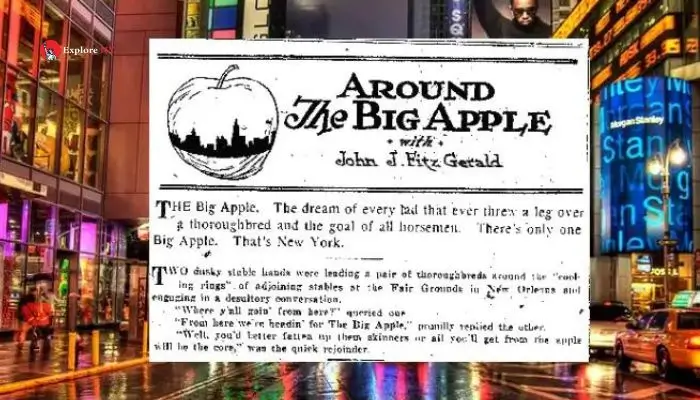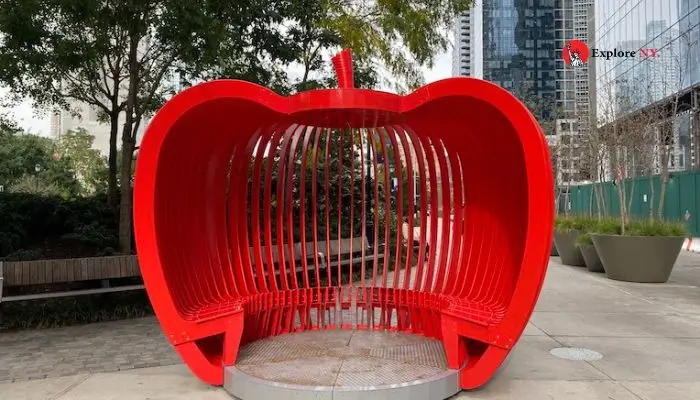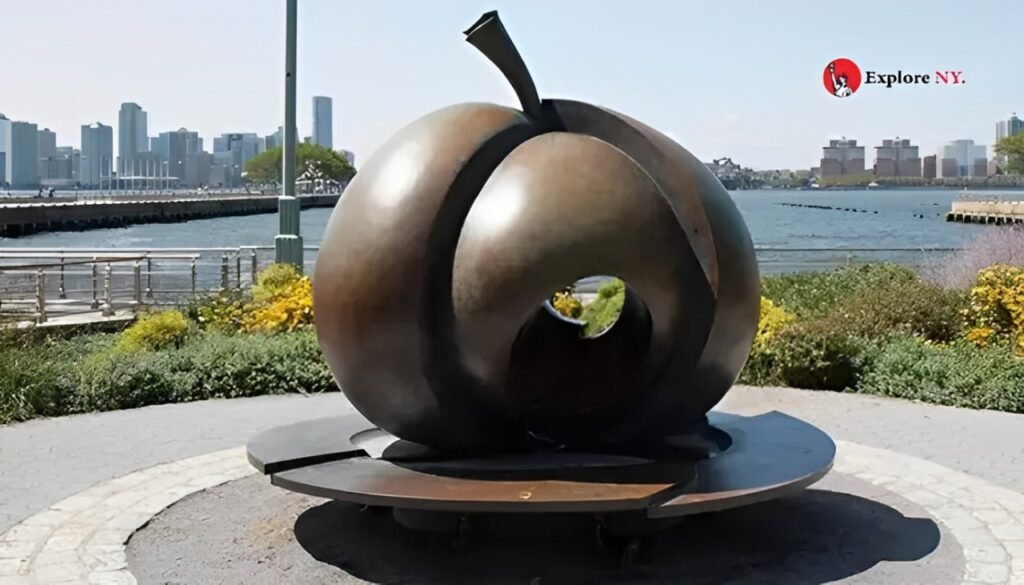If you ask us what New York is known for, we will instantly tell you that it’s definitely not known for keeping you bored. That’s for sure!
This giant metropolis is a place of wonder, and it doesn’t matter if you live here or you’re visiting for the first time. You will always find yourself asking these questions here…
- What are the best places to visit in New York?
- Some famous tourist attractions in New York?
- What are the iconic cultural landmarks in New York?
- Are there fun places to go in NYC with friends?
- Best markets for shopping in New York?
- What are the best places to watch the NYC marathon?
We have pretty much summed up your Google search history, haven’t we?
But there is one question that tends to stump even the best of them: Why is NYC called the Big Apple? And no, this is not something NYC influencers can help you out with, so stick around…
With over six major production districts spread throughout New York state, covering over 55,000 acres of land, it is no surprise that people often attribute New York City’s nickname to its vastly spread apple production industry.
But that is a mistake both newcomers and hardcore New Yorkers are known to make. The name actually has nothing to do with that, which is a shocker.
So, how did the name “Big Apple” come about, and why is it so popular?
For that, let’s take a little trip down the history of New York…
Where did the “Big Apple” come from?

In the early 1900s, the horse racing scene was actually quite popular in New York. The prizes that were awarded in these races were known as the big apples.
Any stable boy who had dreams of making it big in the horse racing circuit knew that New York was where the big leagues were.
The term the Big Apple became famous as part of the lingo of African-American stable boys when they referred to the bigger venues of New York competitive racing. Much like anyone entering or residing in New York City, these stable boys were also dreamers.

But in the mainstream, it was first popularized by the sportswriter John Fitz Gerald in the 1930s who mentioned the term in relation to horseracing multiple times in his newspaper column. The term got picked up by other industries and artists as well. Soon, jazz musicians started using it to refer to New York as the big league for jazz clubs.
But then the term slightly died down…
It wasn’t until the 1970s that this term was revived by Charles Gillet (president of the New York Convention and Visitors Bureau) as part of a series of advertisements that came under a tourism campaign to boost New York City’s image. He was a jazz enthusiast so naturally, he was familiar with the term.
Soon, the Big Apple was everywhere. From T-shirts to car stickers to any other means of promotion, the Big Apple took the city by wave, and the term became more loosely used by people, more than ever. What had started off as a campaign to boost the city’s crime-ridden image in front of visitors turned into such a huge success that the city ended up officially adopting it as its nickname in the 70s and making it one of the best souvenirs to buy in New York.
What did the campaign signify?

It is a little strange, isn’t it? That something so unrelated to a city’s tourism structure suddenly becomes the one thing representing it…
Anyone living in New York in the early 90s would surely not have associated this name with the city at all. So why did the Big Apple campaign become so successful, and what did it signify?
In the early 90s, life was booming in New York City—it was just on the brink of becoming the city that we know and love today.
The city was taking new leaps in all forms of life. Public school enrollment, for example, rose from 553,000 in 1900 to just short of 1.1 million in 1930, which is a staggering number for just three decades; manufacturing and production expanded vastly due to the proximity of the port; naturally, New York City became a hotspot for immigrants as well especially after the First World War and the Emergency Quota Act making it a melting pot of diverse cultures, races, ethnicities, and genders. Adding to all of that, getting around New York was easier than ever when the New York City Subway opened the first IRT line in 1904.
So, in the ’90s, you have a city that holds the promise of everything and a cheap transportation system that incentivizes it…
Basically, anyone who wanted to be someone found their way to New York… and why would they not? The New York fever had started!

This is where the ad campaign came in and it worked! The campaign picked up on something that was already present in the dreams of the stable boys of competitive horseracing… the dream of making it big in New York.
The campaign picked up, and so did the name “Big Apple” because anyone who had a dream who wanted to make it big in the world, found their way to New York; New York City became the place for dreamers, artists, writers, doctors, entrepreneurs, and people from all walks of life.
The Big Apple was no longer a reference to the awards that were handed out to horseracing winners or to the lingo of stable boys, but it referred to the dream of anyone walking into the city (and simultaneously becoming one of the best souvenirs to buy in New York as well!).
What is the Big Apple now?

So, the name stuck around for sure, but what does it represent now? What does the Big Apple mean to you and us?
We see it everywhere as we walk around New York City. From food markets to meat stores to delis to diners, so many of the staples here take up the name “Big Apple.”
But it’s not just a promotional sticker, either. The Big Apple still means a huge deal to New Yorkers. It still represents the promise that the city holds for every dreamer who walks the streets. As long as you are in the Big Apple, you can be whoever you want to be!
What about you?
So, are you planning on visiting the Big Apple anytime soon? Whether you are planning a trip to New York, looking for must-see places in New York, or figuring out the best time to visit New York, you should make sure you have all the information you can get!
Check out these pros and cons of living in New York and make an informed decision…
Frequently Asked Questions
Why do they call New York the Big Apple?
The nickname “Big Apple” for New York City originated in the 1920s, referring to the city’s significant horse racing culture. Over time, the nickname became affiliated with New York City itself, signifying its status as a major cultural, economic, and entertainment hub.
How did New York City get its name?
New York City was originally founded as a Dutch trading post named New Amsterdam in the early 17th century. In 1664, the English captured the settlement from the Dutch and renamed it New York in honor of the Duke of York. The name “New York” was chosen to reflect the English conquest and to pay homage to the Duke’s support for the colonization of the region.
